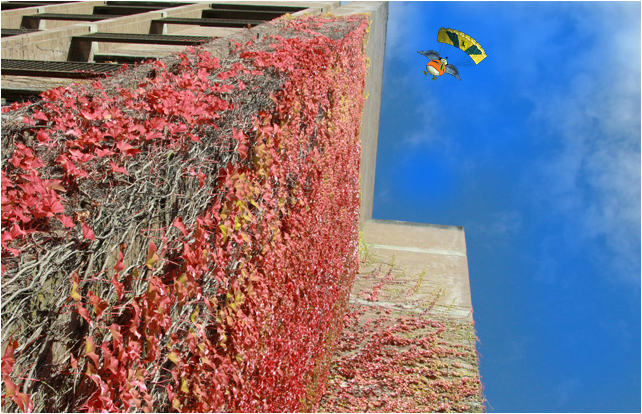|
Point-of-view (POV), angle, and perspective – all mean similar things when it comes to visual storytelling. Perspective refers to the vantage point in which you see an object on a page. That is, from what angle, or POV are things illustrated in a story?
When illustrating a series of images, you need to think about the following:
Making an actual model of your character allows you to look at it from different angles and points of view. Learning to draw single, two and three point perspective also helps. These tricks enable you to illustrate without having to dangle from a helicopter or lie on your back-side in the middle of oncoming traffic. You can then skip the trip to the ER.
If the perspective is a close-up view, certain objects appear larger than objects that are far away. The closer the viewer is to the action, the more likely you are to engage them. The opposite occurs with distance or “long” shots - the viewer is likely to become more detached from the scene or any one particular character. Distance views are great for an establishing scene – they give an overall picture. Close-ups are great for drama and focusing on a character’s emotion.
The angle in which you illustrate a scene or character can increase or decrease the level of drama and sense of movement. It can also elevate or decrease a character’s level of importance. Characters can appear weak or strong depending on the perspective and angle in which they are illustrated. For example, small characters are seen as weak when placed next to large, towering ones.
Angled shots can illustrate what a character is looking at from their vantage point. So if you have a character sitting at a desk, your next scene could be an angled shot of them looking at someone or something that has just entered the room. Birds-eye, aerial views show the vastness of a scene, and draw the viewer’s eye into the scene. This type of view is great when trying to create a real sense of drama. As an illustrator, you need to think about how you want to engage your viewer. You have the freedom to create things from any character’s point of view; from low on the ground to an aerial perspective; from realistic to exaggerated and fantastical. It all depends on the mood you want to create, and the character you want the viewer to focus on. The point of view doesn’t have to be from a live object either. For example, there is a great illustration from the Mona Lisa’s POV by Gerhard Glück. This painting shows a crowd of people standing in the gallery. They are looking straight on into what is perceived to be Mona's perspective. How to create interesting perspective and POV
|
Categories
All
|
Privacy policy
Copyright 2024 Patricia Pinsk
